The state of the Bitcoin Lightning Network in 2023
The Lightning Network, a layer-2 payment solution built on top of the Bitcoin blockchain, is six years old.
Products, users and the amount of Bitcoin (BTC) sent on the Lightning Network (LN) has sky-rocketed in 2023, despite the price per Bitcoin slipping under $20,000.
The LN has benefited from the integration into the Nostr protocol — in which users can send one another satoshis (small amounts of Bitcoin) — and the proliferation of custodial and noncustodial LN wallets, and its formal integration in territories such as El Salvador and Lugano.
From Mediterranean cities to Senegal, the LN is also growing as a peer-to-peer means of payment. Nonetheless, despite its growth, concerns still stymie the network, according to key opinion leaders interviewed during Advancing Bitcoin Developer Conference in London.
Eric Sirion, co-founder of Bitcoin mobile app Fedi and maintainer of the Fedimint protocol, explained that running a Lightning node in 2023 is still difficult and that some people don’t bother when faced with the complexity:
Matthias Koller, co-founder of Swiss company Pocket Bitcoin, said, “It has become substantially easier compared to early 2018. However, it is still not ‘easy’ for the masses.”
Sirion, who wrote the open-source code Fedimint and now works on the Fedi team, explained that custodial Lightning wallets, such as Wallet of Satoshi, are popular among Bitcoin advocates. He’s right: It is the wallet of choice for Nostr, a space dominated by Bitcoiners.
However, the reliance on custodial wallets could be a problem for the LN. Trusting a third party with funds, such as Wallet of Satoshi, is contrary to the Bitcoiner mantra, “not your keys, not your coins,” Sirion said.
Furthermore, Koller explained that the reason
Read more on cointelegraph.com


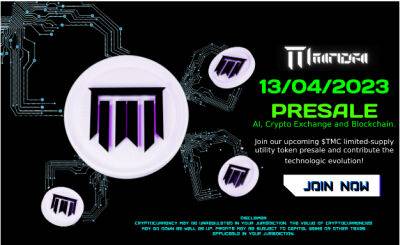

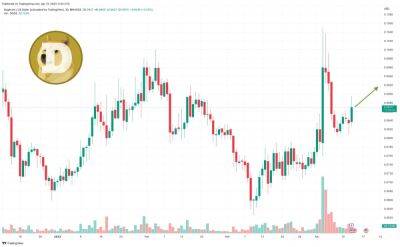
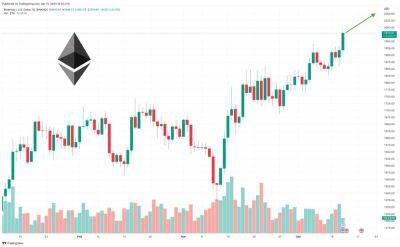


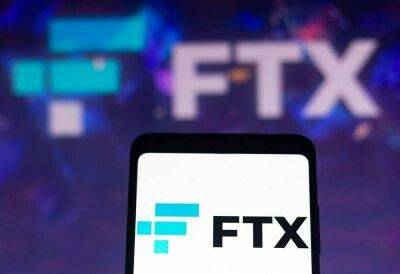


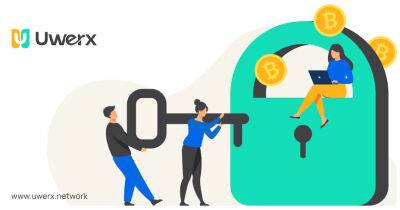






![VeChain [VET] fixated on the $0.02695 target – Is it feasible? - ambcrypto.com - Usa - city Santiment](https://gocryptonft.com/storage/thumbs_400/img/2023/4/13/93531_dknw.jpg)
